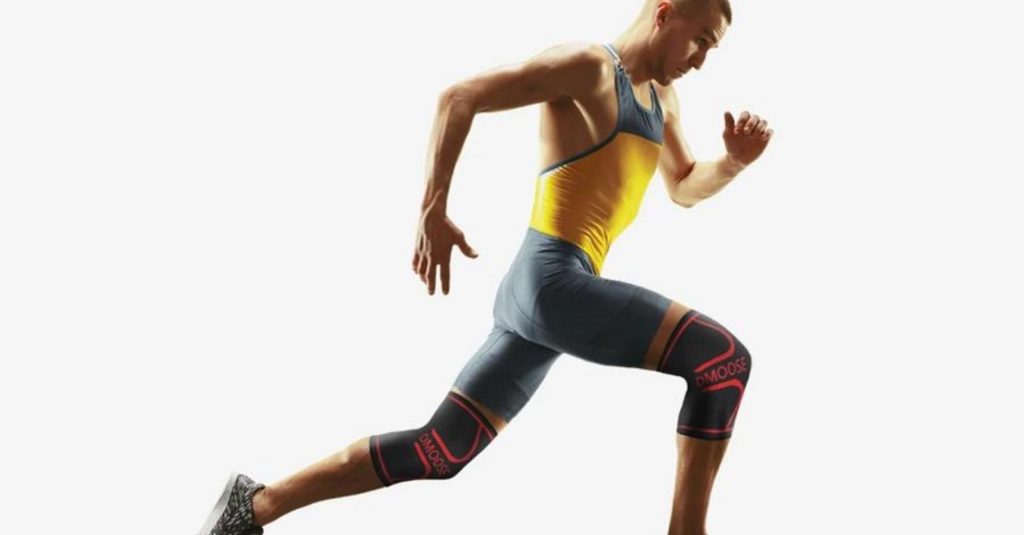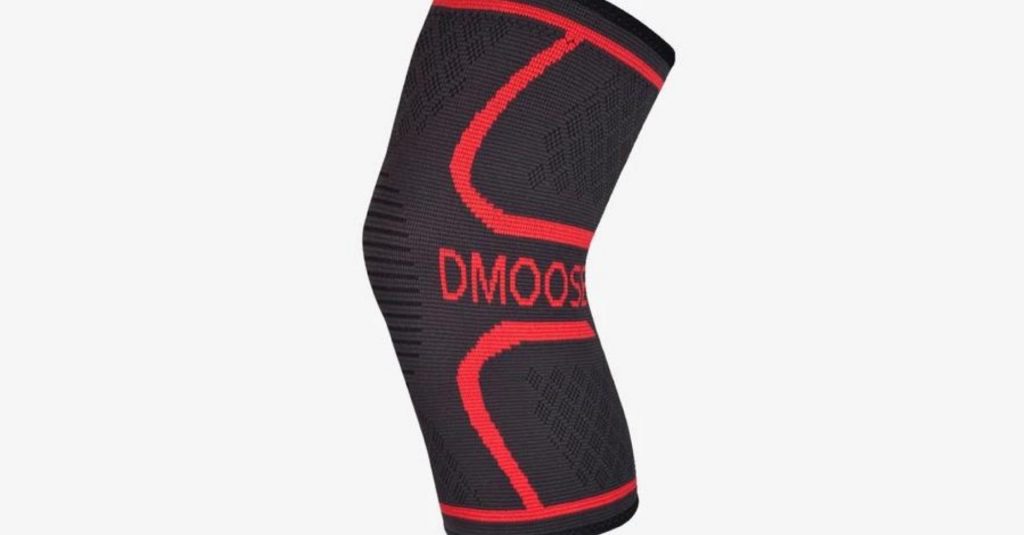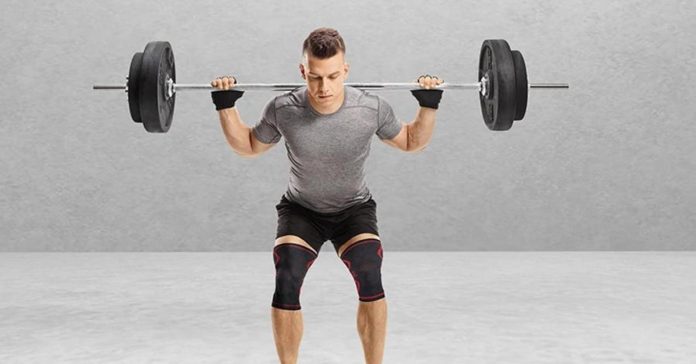An active life is one of the best things you can do for your joints and for the rest of your body to be healthy. However, injuries can occur and often affect the knees. Whether you are a regular walker or a competitive athlete, dealing with knee pain can make it difficult to enjoy your favorite activities.
Knee pain is quite common. According to the American Academy of Orthopedic Surgeons, 12 million people see their orthopedics every year for knee pain due to different problems. This includes pain due to overuse, osteoarthritis, tendinitis, bursitis, meniscus tears, sprained knee ligaments.
From many ways to treat knee pain that include stretching and strengthening exercises that you can easily perform on your own, anti-inflammatory medicines, wrapping your knee with an elastic knee wrap or knee sleeves can help reduce the discomfort and pain from osteoarthritis or an injury.
What are Knee Sleeves?

Knee sleeves are compressive sleeves pulled up and worn to your knees. Knee sleeves protect the knee from potential injury or damage. This protection is particularly important for those knees put under daily stress, such as running, jumping, or weightlifting.
Most knee sleeves are manufactured from Neoprene, which is used to make sauna and diving suits. This is because neoprene-based sleeves have many benefits that we will discuss below. These sleeves are very popular with athletes and bodybuilders who do a lot of heavy lifting.
The compression element added to knee sleeves increases blood flow and decreases pain. This helps not only after a workout but also during the performance. Along with the compression, the enhanced blood flow helps in better recovery after a challenging workout such as running, HIIT, or weight lifting.
What do Compression Sleeves Do?
The compression knee sleeve aims to reduce pain and swelling, especially after an injury. Applying little compression from these sleeves helps with the smooth flow of blood and lymph back to the heart.
The sleeve provides warmth, restrains patella movement, and can improve proprioception which is the ability to sense the position of a joint within space as perceived by the central nervous system. The sleeve serves as more than just a mechanical support mechanism for the joint.
Because they limit kneecap movement, knee sleeves are an important component of any gym bag. Many people feel the warmth of knee sleeves immediately after completing a workout, such as the squat, the snatch, or the clean and press.
You can use knee sleeves as a post-workout recovery to reduce swelling and pain. These sleeves are a great help to CrossFitters, powerlifters, and bodybuilders and can be used after a workout.
How do Knee Sleeves Help with Knee Pain?

Knee sleeves help prevent knee injuries but also aids in the healing process and post-workout recovery by reducing pain and swelling. By providing warmth and firm grip, compression sleeve help you get rid of knee pain.
The compression area warms up the impacted area and regulates blood flow which helps ease the pain, the main reason to wear knee sleeves.
Benefits of Knee Sleeves
Your knee is the largest joint of your body. If you have pain in your knees, you can benefit from using knee sleeves even while doing simple activities like walking, gardening etc. Using crossfit knee sleeves helps to support your knees and prevents future injuries.
In addition, it helps the individuals to keep doing their favorite activities while the injury heals and they keep doing their physiotherapy. Here are two of the main advantages of wearing a knee sleeve:
1. Rehabilitative and Functional
A knee sleeve is usually recommended after an injury during a recovery process. Wearing a knee sleeve can boost tissue healing because knees typically have a longer recovery period. Using a knee sleeve can avoid further damage and helps in more support and controlled movements in the joint.
2. Unloads Weight
Knee sleeves can help ease the pain linked to arthritis, osteoarthritis, and other related issues. These conditions become more common in people as we age, especially those prone to injuries during workouts and different physical activities.
A knee sleeve unloads extra stress due to pressure to the thigh, creating better mobility in the knee joint and reducing stiffness. Braces and compression sleeves are used to speed up the healing of injured ligaments to prevent further injury.
3. High-Intensity Activities
Your motor control is affected by your proprioception, which is the awareness of how your body positions. Because of the proprioception, compression knee supports can offer some joint protection.
As you get older, your proprioception generally decreases. You will feel less in control of your movements after a run or a sport. Fatigued people are more susceptible to injury, partly because they have less control of their movements.
These periods of fatigue can be helped by compression knee sleeves. It also helps if your body position is poor.
4. Protects from Outdoor Elements
Compression sleeves provide protection to your legs and knees against scratches and abrasions if you like running outdoors. They are an essential accessory for trail runners who are more likely to sustain minor injuries from small objects, such as twigs and rough legs. Running with compression sleeves can protect you from poison ivy, which can cause severe skin rashes.
5. Maintains a Good Body Temperature
Compression sleeves can help maintain a healthy body temperature. They are breathable, and very lightweight. It can wick moisture away from sweat, so you can stay cool on hot days. You can keep warm on cold days by wearing pants or shorts with them. It’s not even noticeable, and you can maintain a healthy body temperature.
Takeaway
Knee sleeves are a low-risk way to reduce pain and improve your sports performance. The compression knee sleeves are an affordable and effective treatment for many knee issues.
In addition, stretching and strengthening exercises that target your knees can help reduce pain, increase range of motion, flexibility, and prevent future injuries.
References
- Chuang, Shih-Hung, et al. “Effect of Knee Sleeve on Static and Dynamic Balance in Patients with Knee Osteoarthritis.” The Kaohsiung Journal of Medical Sciences, vol. 23, no. 8, Aug. 2007, pp. 405–11. PubMed, https://doi.org/10.1016/S0257-5655(07)70004-4.
- Mohd Sharif, Nahdatul Aishah, et al. “Biomechanical and Functional Efficacy of Knee Sleeves: A Literature Review.” Physical Therapy in Sport: Official Journal of the Association of Chartered Physiotherapists in Sports Medicine, vol. 28, Nov. 2017, pp. 44–52. PubMed, https://doi.org/10.1016/j.ptsp.2017.05.001.


